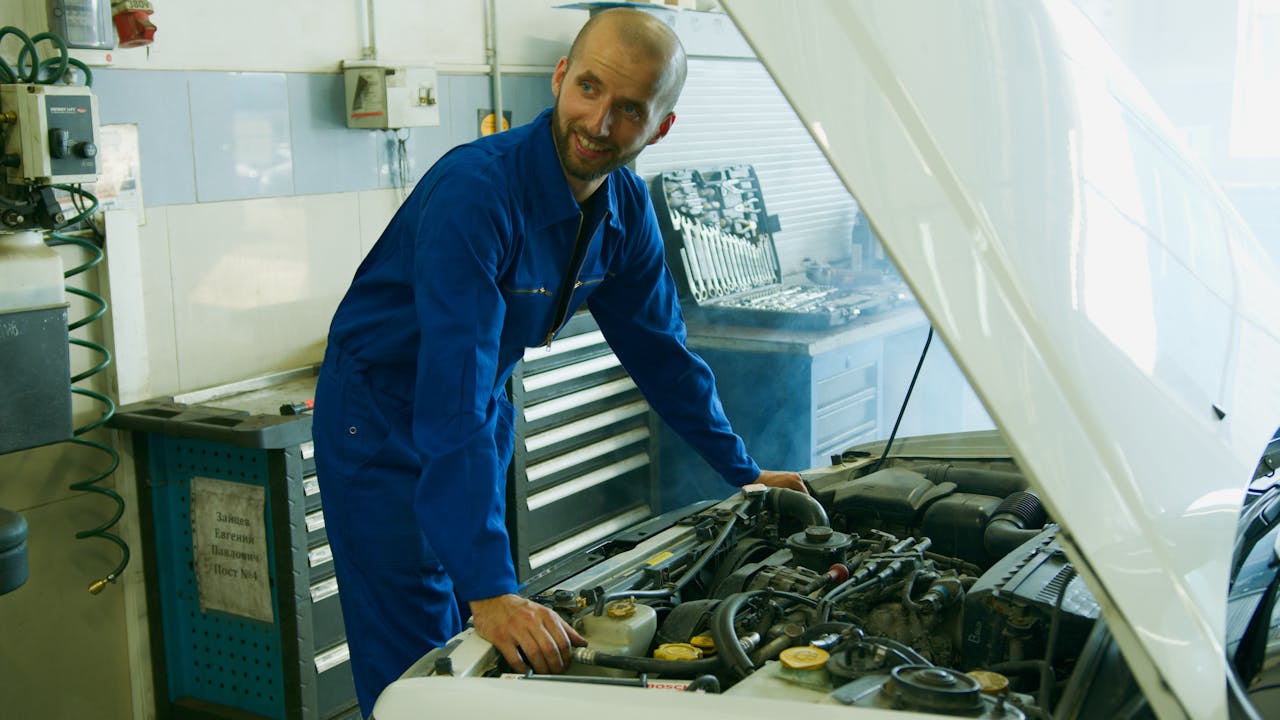
If you’ve ever been driving along and suddenly noticed your “check engine” light pop on, you know the feeling: a mix of dread, confusion, and maybe even a little panic. Is your car about to break down? Will you be facing a huge repair bill? While the check engine light is designed to alert you to potential issues, it doesn’t always mean disaster is looming.
Plenty of times, this warning is more of a gentle nudge than a red alert. Understanding the difference can save you time, money, and a lot of unnecessary stress. Let’s break down seven clues that your check engine light might not mean something serious—and what you should do next.
1. The Gas Cap Is Loose or Missing
Believe it or not, one of the most common reasons your check engine light comes on is also one of the easiest to fix: a loose or missing gas cap. When the gas cap isn’t properly tightened, it can cause a small leak in the fuel system, which triggers the light. This is because modern vehicles are designed to monitor the pressure in the fuel system to reduce emissions. If you recently filled up your tank, double-check that the cap is secure. Tighten it until you hear a click, and then see if the light goes off after a few drives. According to the U.S. Department of Energy, a loose gas cap can reduce fuel efficiency, so it’s worth checking.
2. The Light Is Steady, Not Flashing
When your check engine light is steady, it’s usually a sign that the issue isn’t urgent. On the other hand, a flashing light often indicates a more serious problem, like a misfire that could damage your catalytic converter. If your light is simply glowing steadily, you likely have time to investigate the cause without rushing to the mechanic. Of course, you shouldn’t ignore it forever, but you can drive home or to work without worrying about immediate breakdowns.
3. Your Car Feels and Sounds Normal
If your check engine light comes on but your car is running smoothly—no strange noises, no loss of power, no odd smells—there’s a good chance the issue isn’t critical. Many minor problems, like a faulty sensor or a small emissions hiccup, can trigger the light without affecting how your car drives. Pay attention to your vehicle’s feelings, but don’t panic if everything seems normal. Sometimes, the car’s computer is just being extra cautious.
4. You Recently Had Your Car Serviced
Sometimes, the check engine light is triggered by something as simple as a mechanic forgetting to reset the system after routine maintenance. If you’ve just had an oil change, new spark plugs, or any other service, the light might come on due to a temporarily disconnected sensor or system needing a reset. In these cases, the issue is usually harmless and can be cleared with a quick visit back to the shop or by using an OBD-II scanner.
5. Weather or Humidity Changes
Did your check engine light come on after a big rainstorm or a sudden drop in temperature? Moisture and humidity can sometimes cause sensors to send false readings, especially in older vehicles. These temporary glitches often resolve themselves once the weather stabilizes. If the light goes off after a day or two, it was likely just a minor blip caused by the elements.
6. You Used Lower-Quality Fuel
Filling up with lower-octane or poor-quality gasoline can sometimes trigger the check engine light, especially in cars that require premium fuel. The car’s sensors might detect a difference in combustion or emissions, causing the warning. If you suspect this is the case, try filling up with higher-quality fuel next time and see if the light turns off after a few drives.
7. The Light Turns Off on Its Own
If your check engine light comes on and then goes off after a few trips, it’s a good sign the issue was minor or self-correcting. Modern cars have sophisticated computers that constantly monitor and adjust engine performance. Sometimes, a temporary glitch or a one-time event (like a brief misfire) will trigger the light, but if it doesn’t recur, the system automatically turns the light off. Still, it’s wise to keep an eye on things and consider having your code read if the light comes back.
When to Relax—and When to Take Action
While paying attention to your check engine light is always smart, these clues can help you determine when it’s okay to take a deep breath and not rush to the mechanic. Remember, the check engine light is your car’s way of communicating, but not every message is urgent. If you’re ever in doubt, a quick scan with an OBD-II reader (available at most auto parts stores) can give you more information and peace of mind. Staying informed and proactive is the best way to keep your car and wallet happy.
Has your check engine light come on for a minor reason? Share your story or tips in the comments below!
Read More
10 Luxury Car Brands With a History They’d Rather You Didn’t Google
5 Corvettes That Are Worth More Money Than Most People Make In A Year
The post 7 Clues Your “Check Engine” Light Doesn’t Mean Something Serious appeared first on Clever Dude Personal Finance & Money.


Leave a Reply